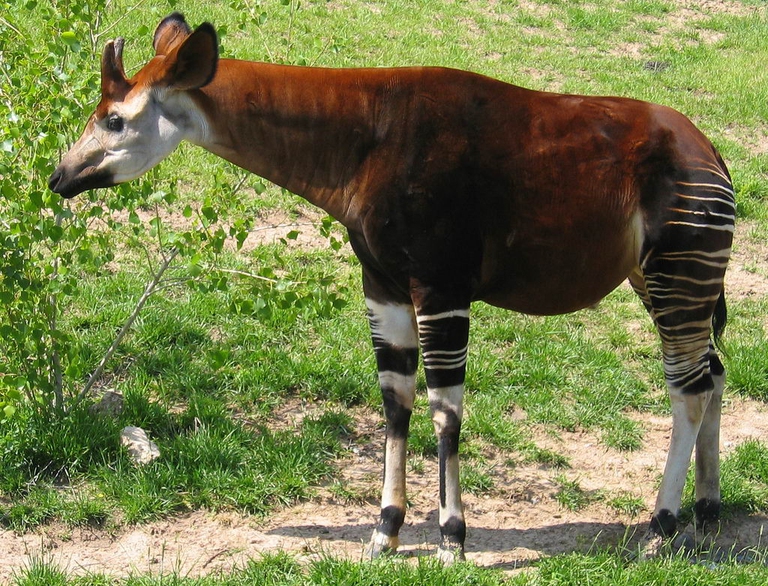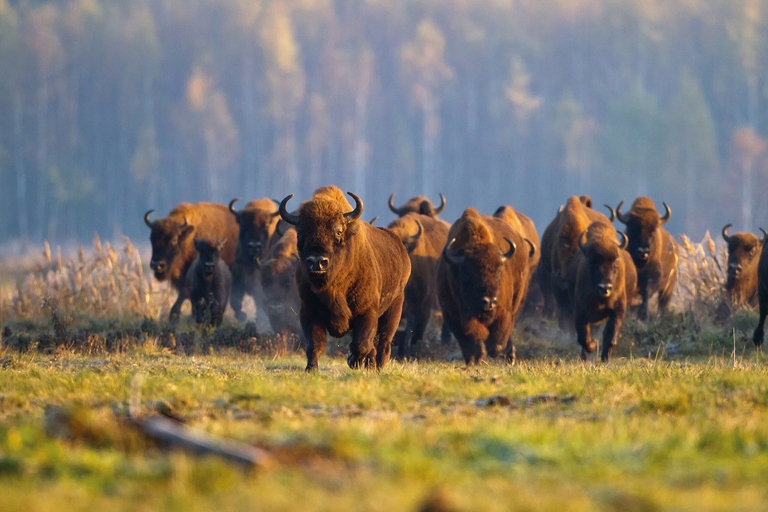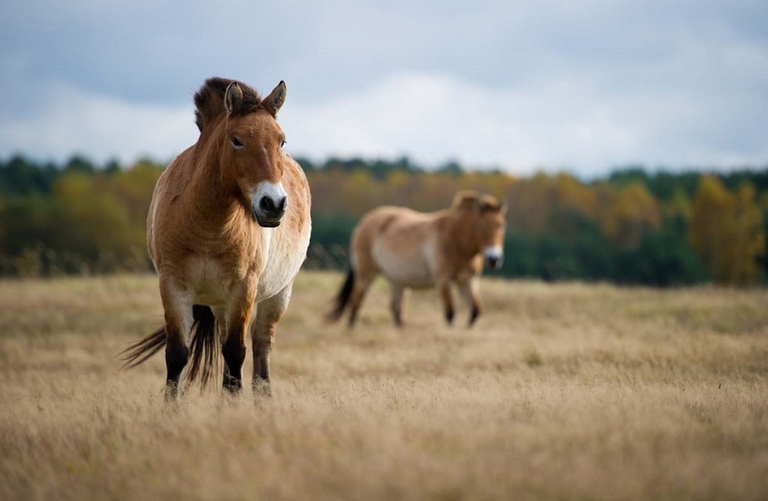
Our species took its first steps in a world covered in trees. Today, forests offer us sustenance, shelter, and clean the air that we breathe.
New study shows that over-hunting is dramatically contributing to large herbivores populations decline, just like 11,000 years ago.
There was a time when giant animals roamed the Planet. Mammoths, mastodons, and woolly rhinos freely inhabited the world. In the Pleistocene, however, these creatures started becoming extinct, in a process that reached its peak 11,000 years ago. Several theories were made about their decline, but most scientists attribute it to the increasing presence of super-predators able to modify the environment and use new hunting strategies: humans.
Overhunting led to the decline of numerous large herbivore species, generating a knock-on effect that involved both predators and the environment. Nowadays, history may repeat itself according to a 2015 study published in the journal Science Advances. “The massive extinction that involved 80 per cent of the species of giant herbivores in the Pleistocene seems to currently be continuing in Africa and Southeast Asia,” the study reads. “The extinction of the western black rhinoceros (Diceros bicornis longipes), and Javan rhinoceros in Vietnam (Rhinoceros sondaicus annamiticus) is confirming this trend.”
60 per cent of giant herbivores are threatened with extinction and, just like 11,000 years ago, the main cause is over-hunting. “I expected that habitat change would be the main factor causing the endangerment of large herbivores, but surprisingly, the results show that the two main factors in herbivore decline are hunting by humans and habitat change. They’re twin threats,” said one of the study’s authors, William Ripple.
The research focuses on giant herbivores weighing over 100 kilos. 74 species were identified, including elephants, rhinos, gorillas, giraffes, okapis and tapirs. Most of these animals live in Asia and Africa. All 19 Asian species of giant herbivores are at risk of extinction, while 12 out of 39 African species are endangered. In South America 4 species out of 5 are threatened with extinction, and in Europe only one species is currently endangered, the European bison (Bison bonasus).
Poaching is decimating elephant and rhino populations, as well as those of many other herbivores. “Over-hunting in developing countries is likely to be the main factor of large herbivores decline,” researchers write.
Habitat loss is a key factor, too. The studied species have lost 81 per cent of their ecosystems. Moreover, competition with farm herbivores, which have tripled over the last twenty years, has dramatically increased.
Megafauna decline has numerous negative consequences, as giant animals are biologically essential to the functioning of their ecosystems. “Large herbivores interact with several small animals, and they are a great resource for tourism.” Yet all is not lost: a number of happy endings remind us that saving megafauna is still possible.
In 1894 only 40 white rhinoceroses survived, but now there are 20,000 individuals; in 1927 the European bison was declared extinct, whilst 30,000 individuals now live in the wild; in 1960 Przewalski’s horse disappeared, but today it is found in the Mongolian steppe.
These animals’ future depends on the actions we will take in order to protect them. To avoid a new mass extinction, we need to expand protected areas, improve wildlife corridors, reduce the consumption of animal proteins, and continue conducting research, especially on less well-known species.
Siamo anche su WhatsApp. Segui il canale ufficiale LifeGate per restare aggiornata, aggiornato sulle ultime notizie e sulle nostre attività.
![]()
Quest'opera è distribuita con Licenza Creative Commons Attribuzione - Non commerciale - Non opere derivate 4.0 Internazionale.
Our species took its first steps in a world covered in trees. Today, forests offer us sustenance, shelter, and clean the air that we breathe.
Poachers in Africa are encroaching on wildlife land and killing rhinos in travel hot spots now devoid of visitors due to the coronavirus pandemic.
Actor and environmental activist Leonardo DiCaprio has contributed two million dollars to a fund to protect Virunga National Park in Congo from threats such as terrorism, the coronavirus and poaching.
For the first time in seventeen years, Iceland’s two main whaling companies won’t resume whale hunting. The announcement concerns this year’s season but could carry into the future.
The relationship between the coronavirus and wildlife is complex: while the pandemic may lead to a reduction in the illegal trade in wild animals, it may also encourage it in other respects.
The largest coral reef in the world is severely threatened by climate change, but researchers are developing strategies that could contribute to saving the Great Barrier Reef.
NGO Free the Bears has opened a mountain sanctuary for moon bears in Laos. With the government’s help, it aims to close all bile farms by 2022.
Seychelles have extended its marine protected area, which now covers over 400,000 square kilometres, an area larger than Germany.
The tapir was reintroduced into Brazil’s Atlantic Forest, the country’s most at-risk ecosystem. The species can play a key role in the forest’s recovery.










